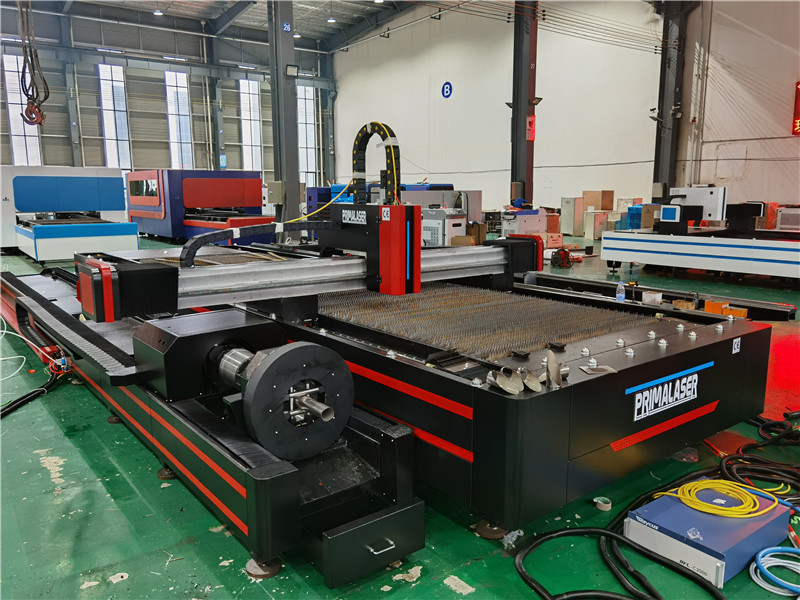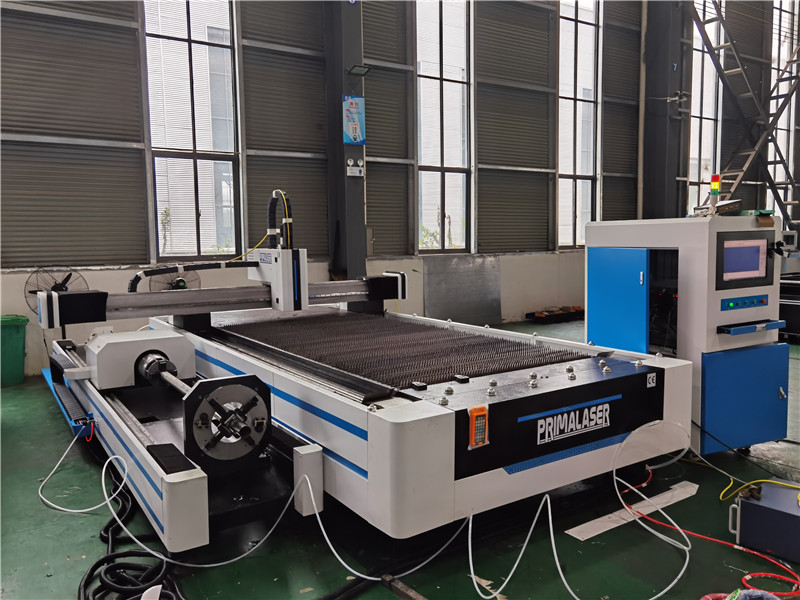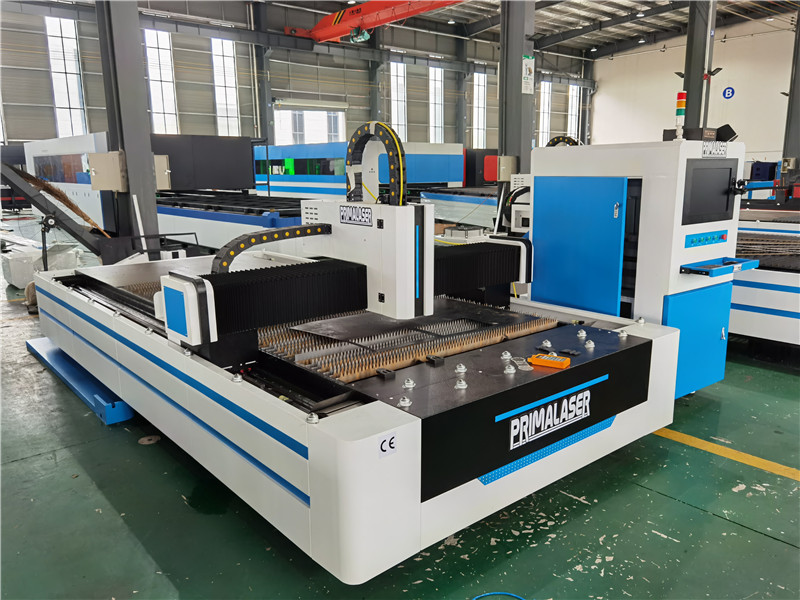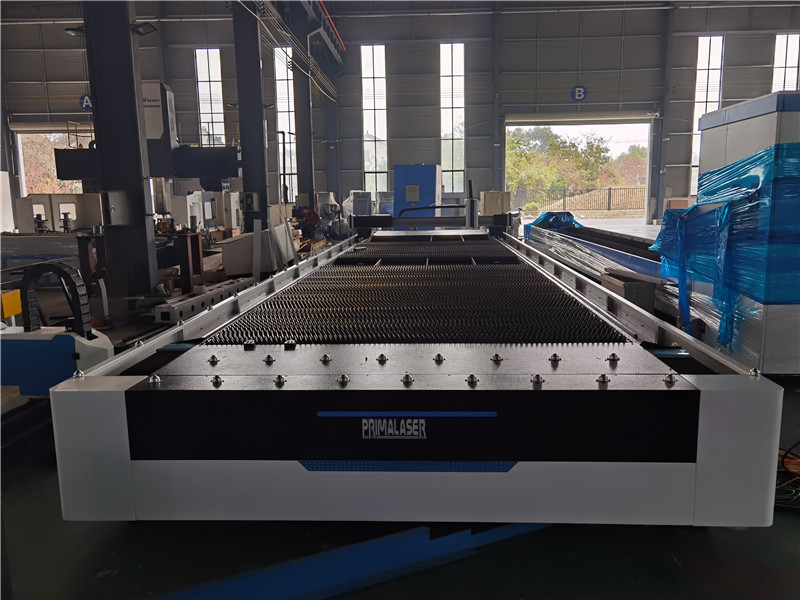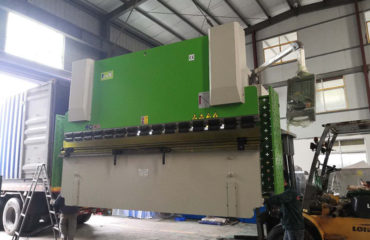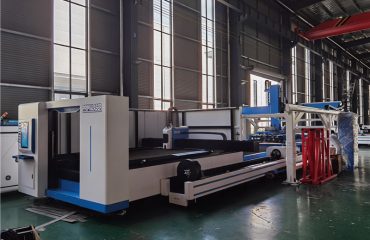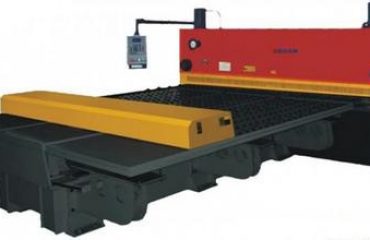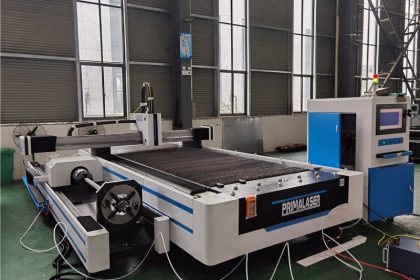
How to prevent freezing of sheet metal fiber laser cutting machine in winter!
The water begins to froze, the ground begins to freeze, and the pheasants enter the water as a mirage. Lidong is the first solar term in winter, which represents the beginning of winter and also means that the northern region is about to enter the “sub-zero” mode. When the temperature is lower than 0℃, the water cooling system inside the fiber laser cutting machine is easy to freeze, causing damage to the pipeline and cooling parts. Therefore, the user needs to do the antifreeze work of the fiber laser cutting machine in advance to avoid unnecessary losses. guide
01
Do not turn off the water cooler
Keep the water cooler always in operation. At the same time, in order to save energy, the temperature of low temperature water and high temperature water can be set to 5-10℃ to ensure that the cooling water is in a circulating state and not below the freezing point.
Note: If there is a power outage, equipment failure, or policy-based power cuts that cause the water chiller to stop, there may be a risk of freezing.
02
Use antifreeze
In some areas, there may be power cuts/cuts, etc., and antifreeze can be used. The choice of antifreeze is not the lower the freezing point, the better, but just slightly lower than the local ambient temperature. Antifreeze is recommended to use Clariant’s AntifrogenN or similar glycol-water type, propylene glycol-water type antifreeze. Do not use automobile antifreeze, water tank treasure, and solid particles or corrosive to copper alloys and stainless steel. Liquid. Depending on the temperature, the proportion of antifreeze added is also different, as shown in the following table:
03
Drain the cooling water
During small and long holidays such as the Spring Festival holiday in extremely cold weather, the water in the water cooling system needs to be drained to prevent freezing.
- Close the water inlet and outlet valves on the water cooler, remove the water pipe from the water cooler and the laser, discharge the remaining cooling water in the water pipe, and then blow clean compressed air against one end of the water pipe until the residual water in the water pipe is blown out until.
- Open the drain valve at the lower part of the water cooler to drain the water in the water tank. If necessary, the water cooler can be tilted to a certain angle to make the cooling water drain more clean.
- Open the water inlet and outlet valves of the water cooler, and use clean compressed air to blow the residual water into the equipment against the water inlet and outlet respectively (the blowing time of the water inlet is not allowed to exceed 5 seconds), until there is no residual water out of each nozzle.
- There is a drain screw at the lower part of the pump head of each water cooler. Open the drain screw to drain the water in the pump, and then use compressed air to blow air from the outlet of the equipment to the inside until no residual water flows out from the outlet of the pump. Then tighten the drain screw.
- If there is a deionization tank, remove the inlet and outlet water pipes of the ion tank and drain the residual water in the tank.
- Remove the filter and drain the residual water inside the filter.
- Drain the cooling water in the laser, and ventilate the water inlet (WATER IN) with clean compressed air until the residual water inside the laser is blown out.
Notice:
☛ The compressed air pressure used is generally ≤3.5bar;
☛ After draining the water, use rubber plugs to seal all water inlets and outlets, or reinstall the water pipes of each interface;
☛ If antifreeze is used, it is recommended to change back to normal cooling water after winter. Before changing the water, rinse the antifreeze in the entire water tank and pipeline with deionized water before changing the water normally.
☛ If you don’t understand the above content, please call Primalaser Laser Regional Service Manager (Machine Warranty Card/Worry-Free Card) or PRIMALASER hotline.
